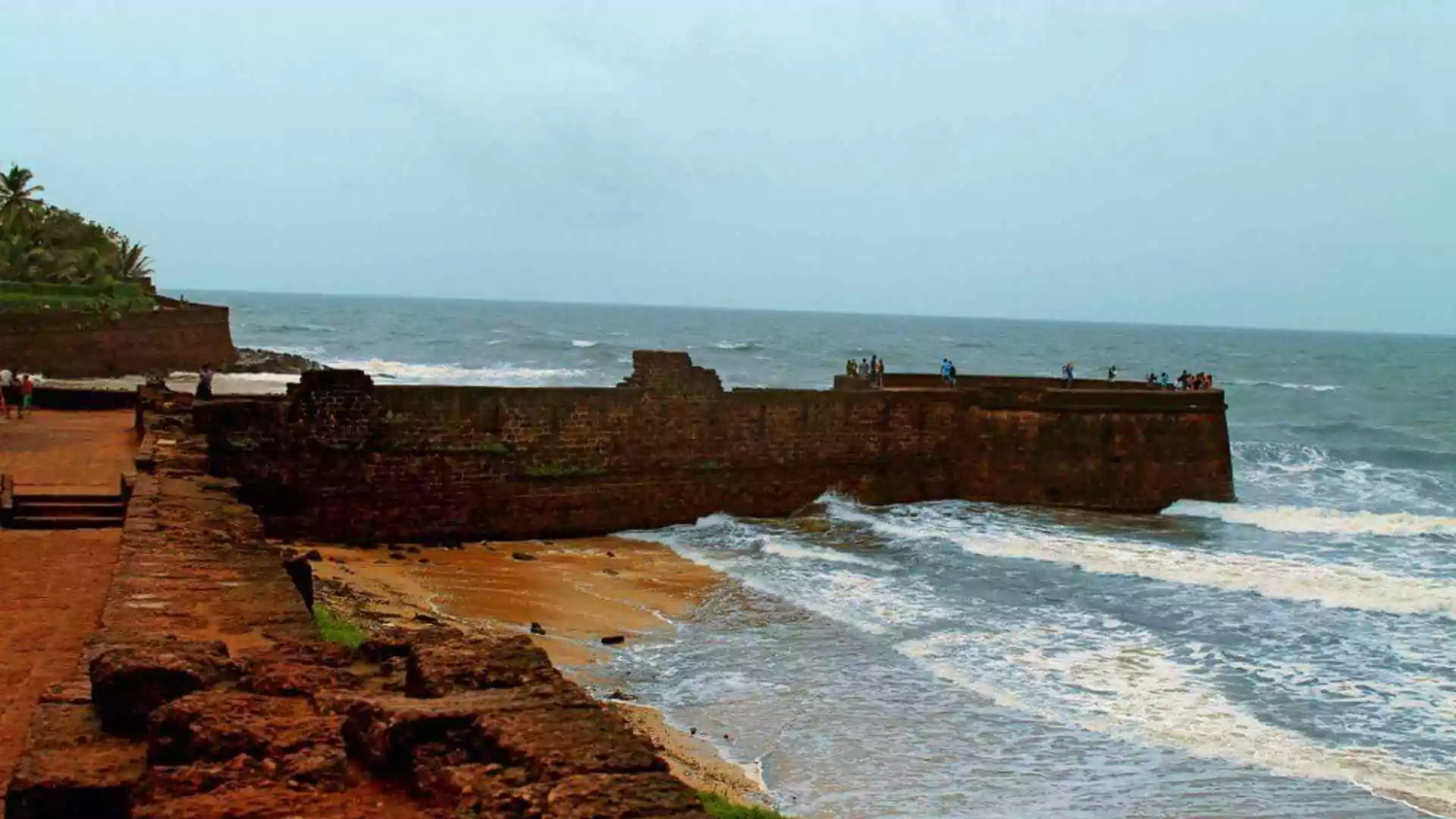The Indian Army is nothing less than spectacular when it comes to its strength, prudence, technological advancement and resilience. The Indian Army ranks as the second-largest army in the world in terms of in terms of active military personnel.
In a recent development the upcoming appointment of the next chief of the Indian Army, anticipated to be announced by the new government around mid-June, marks the selection of the first four-star general born after the 1962 India-China war. This is a significant development, as it represents a psychological and generational shift from the lingering impact of the 1962 Indo-China war. While some are of the opinion that it was largely symbolic, as the army had already moved past the 1962 fiasco.
A Rare Tenure Extension
General Manoj Pande who serves as the current chief of the Army, was born on May 6, 1962, and was supposed to retire from the barracks on May 31st, but was handed a rare one-month extension. The unexpected development has deepened the suspense over who will become India’s next army chief. The extension came as the appointments committee headed by the Prime Minister granted it under relevant rules of the Army on 26th May.
The decision regarding General Manoj Pande was unexpected, as military service chiefs typically do not receive short-term extensions. Historically, extensions have been rare, with notable examples being Gen. (later Field Marshal) Sam Manekshaw and his successor, Lieutenant Gen. G.G. Bewoor.
READ MORE: Former Pakistani PM Nawaz Sharif Admits Pakistan Violated 1999 Peace Agreement with India
General Pande is the first Army chief in 53 years to receive an extension, which, according to the Ministry of Defence, has been granted under Rule 16A(4) of the Army Rules, 1954.
Tenure Of A Service Chief
A service chief can serve for up to three years or until they reach the age of 62, whichever happens first. General Pande will retire on June 30 after leading the army for two years and two months. Notably, he is the first officer from the Corps of Engineers to reach this prestigious position. This time while appointing the Army chief the government had a pool of successors who were all born after the 1962 war with China.
With a one-month extension, General Pande will lead the world’s second-largest army until June 30. Interestingly, on that same day, two senior Army officers—Vice-Chief Lieutenant General Dwivedi and Southern Command Head Lieutenant General Ajai K. Singh—are also set to retire. Although they are batchmates, Lieutenant General Dwivedi holds seniority based on commissioning.
Insiders at South Block suggest that General Pande’s extension complicates Lieutenant General Dwivedi’s chances for elevation. With all three officers—General Pande, Lieutenant General Dwivedi, and Lieutenant General Singh—retiring on June 30, the question arises: who will the government appoint as the new Army chief? The next in line would be Northern Command Chief Lieutenant General Suchindra Kumar (June 1985 batch), followed by Central Command Chief Lieutenant General Subramani (December 1985 batch) and Integrated Defence Staff Chief Lieutenant General Mathews (December 1985 batch).
The Spoils Of Sino-Indian War
The echoes of the 1962 war still haunt the memories of a few servicemen and the common public alike. The war broke out in October and went on till November over territorial and border disputes. Fighting occurred along India’s border with China in three main areas: the North-East Frontier Agency (now Arunachal Pradesh) east of Bhutan, and Aksai Chin west of Nepal.
The main cause of the war was a dispute over the sovereignty of the widely separated Aksai Chin and Arunachal Pradesh border regions. Aksai Chin, claimed by India as part of Ladakh and by China as part of Xinjiang, contains a crucial road link connecting Tibet and Xinjiang. China’s construction of this road was one of the triggers of the conflict.
The army put the memory of that war behind them many years ago, and the military leadership is certainly not haunted by it, said military affairs expert Lieutenant General DS Hooda (retired).
Current Indo-China Relations
In the current scenario, frequent incursions by China are becoming more and more evident, and the tensions reached their peak in 2020. The two nations are also competing to build infrastructure along the border, known as the Line of Actual Control. India’s construction of a new road to a high-altitude air base is seen as a key trigger for the deadly 2020 clash with Chinese troops.
Despite military-level talks, tensions persist. In December 2022, troops clashed for the first time in over a year near the Tawang sector of Arunachal Pradesh, the eastern tip of India. Some soldiers sustained minor injuries.
Since a major clash in June 2020, de-escalation efforts have been underway. The battle in the Galwan Valley, fought with sticks and clubs rather than guns, was the first fatal confrontation between the two sides since 1975, resulting in the deaths of at least 20 Indian soldiers and four Chinese soldiers. Another face-off in January 2021 left troops on both sides injured. This clash occurred near India’s Sikkim state Chumbi Valley, situated between Bhutan and Nepal.
In September 2021, China accused India of firing shots at its troops, while India accused China of firing into the air. If true, it would mark the first time in 45 years that shots were fired at the border, violating a 1996 agreement that prohibited the use of guns and explosives near the border. Later that month, both countries agreed to disengage from a disputed area along the western Himalayan border.























